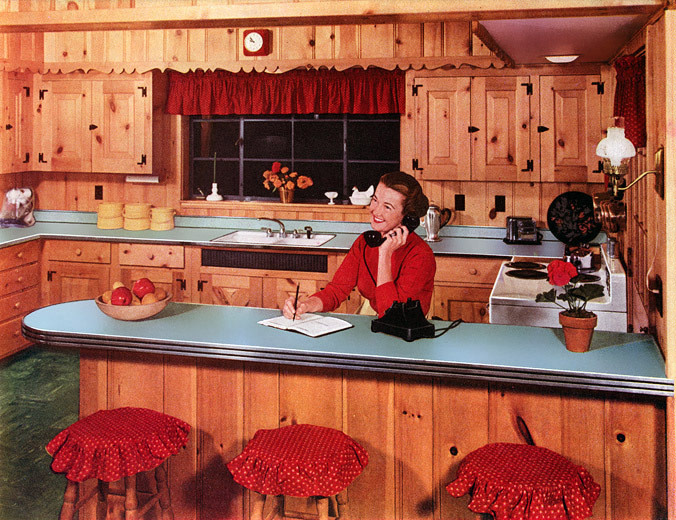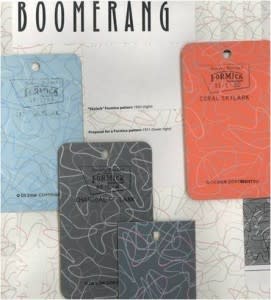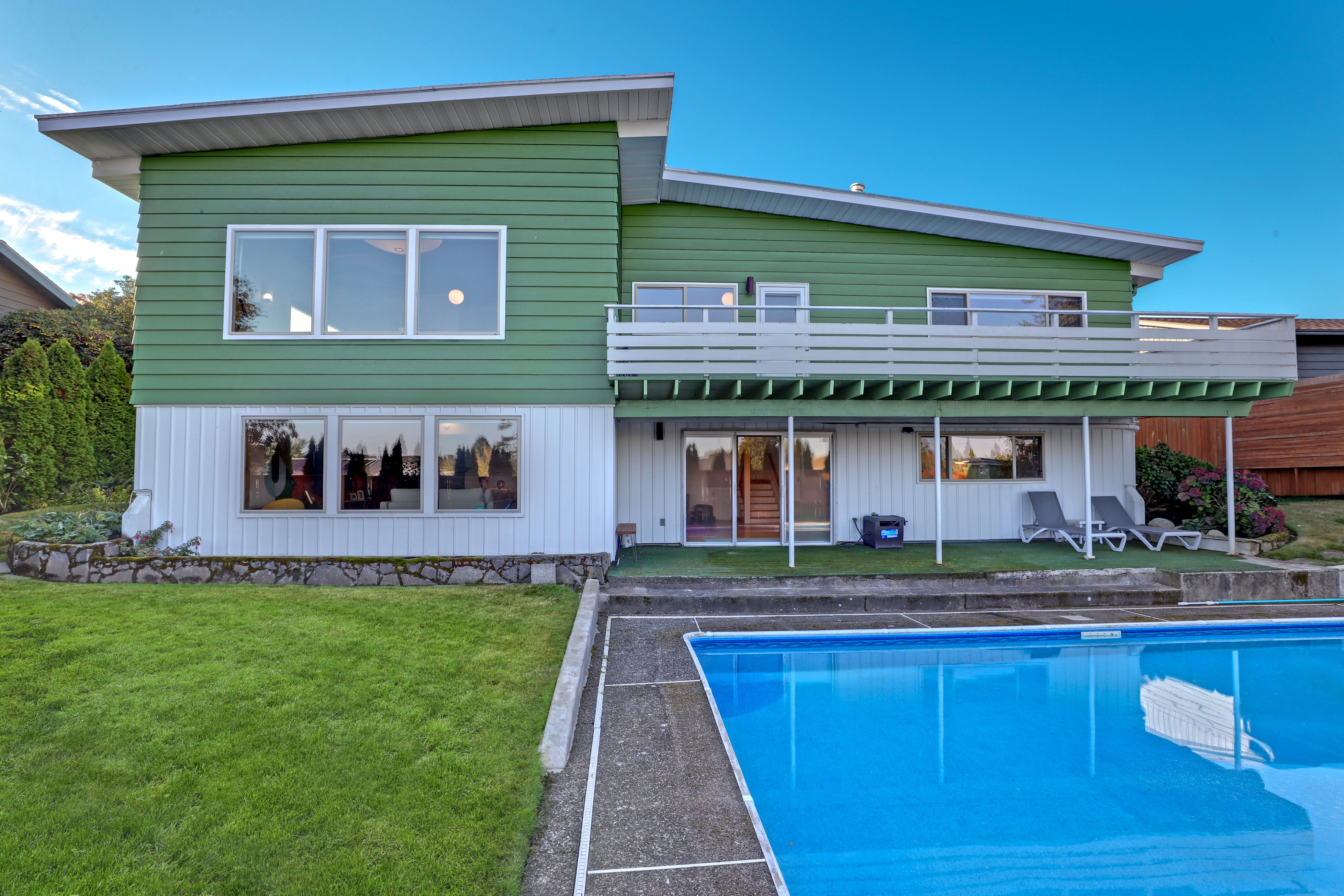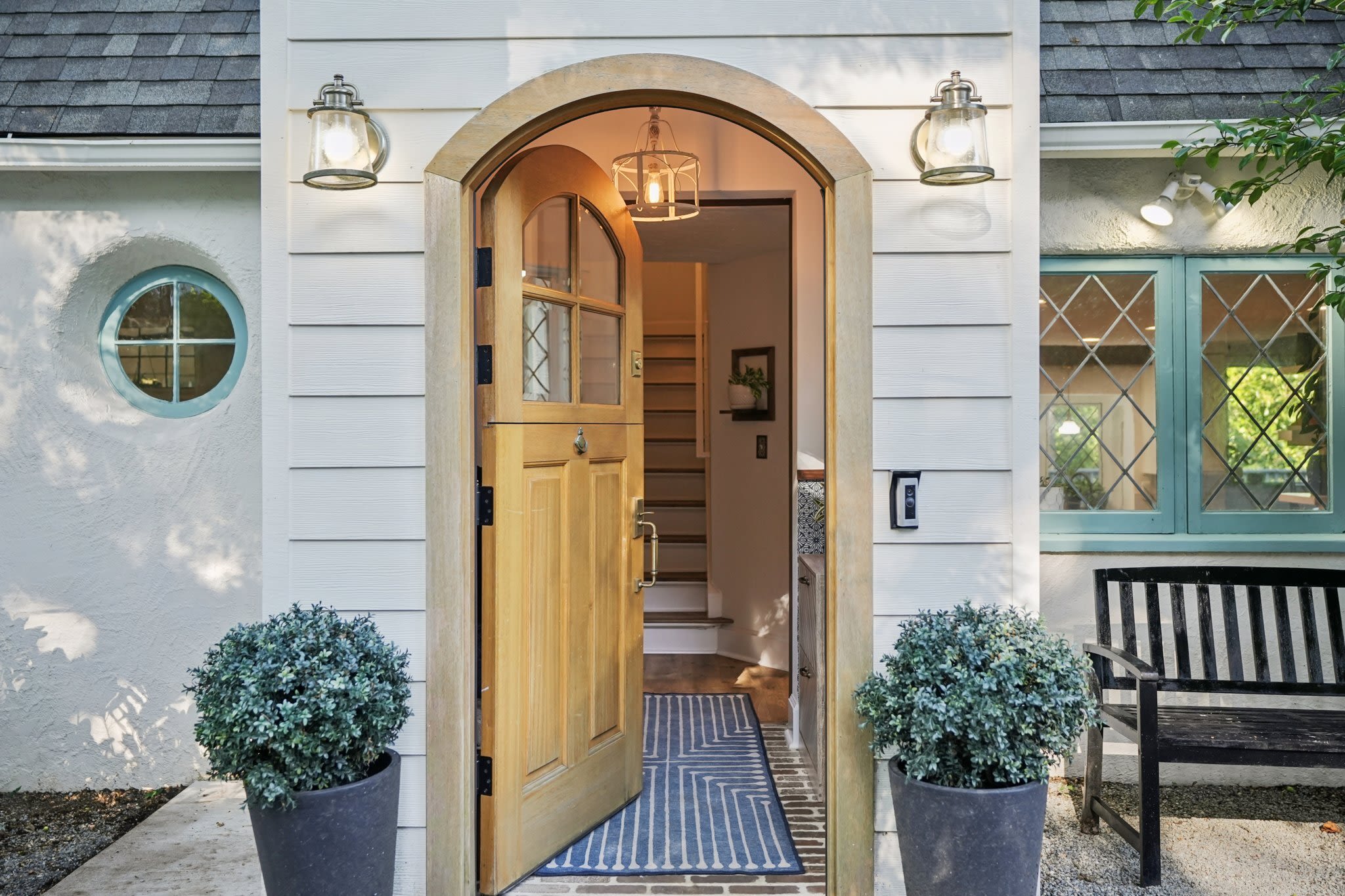100 Years of Formica Futurism

Formica countertop in full 1952 glory. With a kitchen like that (and even a phone), who wouldn't be happy all the time?
Image: Courtesy of RetroRenovation
What looks to many of us like something straight out of a 1950s kitchen or diner is actually 100 years old. Who knew? Yes, Formica is 100 as of 2013. Even more surprising is that Formica originally had nothing to do with countertops at all.
The material was first used for insulation of electrical equipment, as sheets, tubes and rings, in military items (like airplane propellers and bombs) during World Wars I and II, and in automobile timing gears. During the booming economy of the post-World War II years, though, Formica took a quick trip to suburban kitchens and bathrooms, shiny diners, soda fountains – and ever-lasting fame.
Formica is a “high pressure laminate” invented in 1913 by Daniel O’Conor, a young research engineer working for Westinghouse. He had the idea to wind fabric around a spindle while coating it with resin; take the coated roll of fabric and slit it lengthwise; and finally “press it flat and cure. The result: a laminated material that was strong, light and an excellent electrical insulator.” He filed a patent and, with a sales manager colleague, Herbert Faber, promptly quit Westinghouse to launch a new company. Faber invented the name as a play on "mica," a mineral frequently used for electrical insulation; their new material was a substitute “for mica.”
Innovations in the 1920s and '30s led to Formica's kitchen and diner ubiquity. Formica started to make patterned laminate sheets ("decorative wood-grained or marble-surfaced laminate") in 1927 with a patented opaque barrier sheet allowing rotogravure printing. Cunard designers chose sleek Formica as wall surfaces for The Queen Mary, their luxurious new Scottish ocean liner. The ship made its first passage in 1936, bringing loads of publicity to the still young Cincinnati-based company.
In 1938 the innovation was melamine, a new resin developed by American Cyanamid. It was moldable, could be made into more colors, and was better resistant to wear and tear (including heat – some of the company's advertising touted how well the surface held up against cigarette burns). Formica was "buying every ounce of melamine American Cyanamid made” until they were bought out by American Cyanamid in 1956 and became a subsidiary.
1953 Formica hired Raymond Loewy Associates, famous industrial designer of streamlined moderne styles, to update colors for solids and geometric and faux marble patterns. Pastels proved popular: Sea Mist, Cameo; faux marbles in pink or yellow.

Skylark patterned Formica, more commonly known as Boomerang and seen even today in millions of diners across the USA.
Image: Courtesy of Formica
The "boomerang" Formica pattern marked the company's pinnacle, however. It was originally called Skylark, designed (probably) by industrial designer Brooks Stevens. The pattern was refined by Nettie Hart of Loewy Associates, according to diner and road food afficionados Jane and Michael Stern, who give a nice history of Boomerang Formica in their 2011 book The Lexicon of Real American Food.
If you want your new kitchen to look like a diner, Boomerang is still available. Though Formica itself only offers a charcoal color, another couple dozen colors are manufactured in small production runs by other companies. (Heffron's Retro Design offers a wide range online, and RetroRenovation also has posted useful info on the uber '50s styles.)




